

Paul Maric
1200hp RAM TRX vs Aston Martin DBX707 drag race
6 Days Ago
Gordon Murray's latest project is taking shape. The T.50 is the spiritual successor to the ground-breaking McLaren F1 – and the specs are off the charts

Senior Road Tester
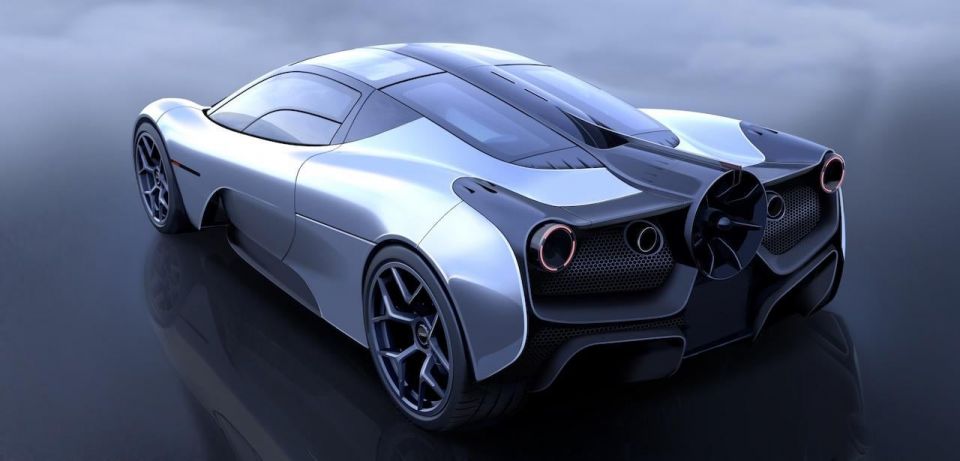

Senior Road Tester
Despite restrictions caused by the global Coronavirus pandemic, Gordon Murray Automotive says it remains on schedule to deliver a driveable T.50 prototype by September 2020.
If you’ve never heard of the T.50, think of it as a successor to the McLaren F1. It’s very likely to be among the most driver-focused lightweight supercars ever built, like the F1 during its rein throughout the ’90s.
For those who mightn’t have heard of Gordon Murray, he spent 20 years as technical director of the Brabham and McLaren Formula 1 teams, winning five world championships with some of the world’s most ground-breaking race cars.
After 50 GP wins, Murray established McLaren Cars Ltd and created the McLaren F1 road car – one of the most iconic high-performance cars of all time, thanks to its impeccable engineering and lightweight technology.
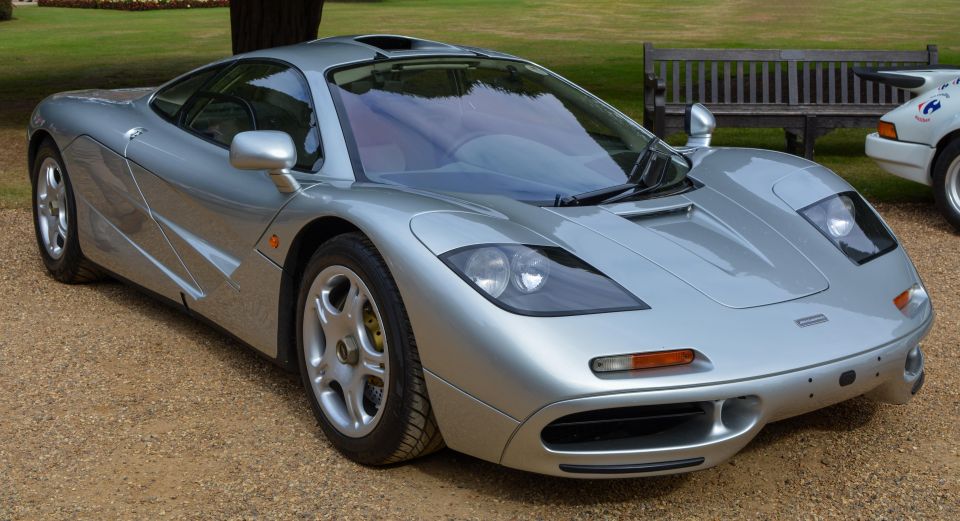
His newest company – Gordon Murray Automotive – was formed in 2017. It’s almost ready to launch its first car, the T.50, as a high-performance flagship with other projects likely to follow.
Get ready for a technological tour de force. The engineering targets are simply staggering even in today’s world of hybrid hypercars and electric runabouts capable of out-dragging exotics.
The rear mid-engine, rear-drive T.50 will weigh no more than 980kg (the lightest 992 Porsche 911 Carrera tips the scales at 1480kg) and its naturally aspirated V12 3.9-litre Cosworth engine will spin to a mind-blowing 12,100rpm.
The V12 makes 485kW of power and 450Nm or torque, and will be the world’s highest-revving road car engine. The entire motor weighs just 180kg, making it more than 60kg lighter than the less powerful BMW V12 used in the McLaren F1.
We could be looking at the last great naturally-aspirated V12 engine for a road car given ever-tightening emissions constraints are forcing performance car manufacturers to adopt downsized, turbocharged engines.
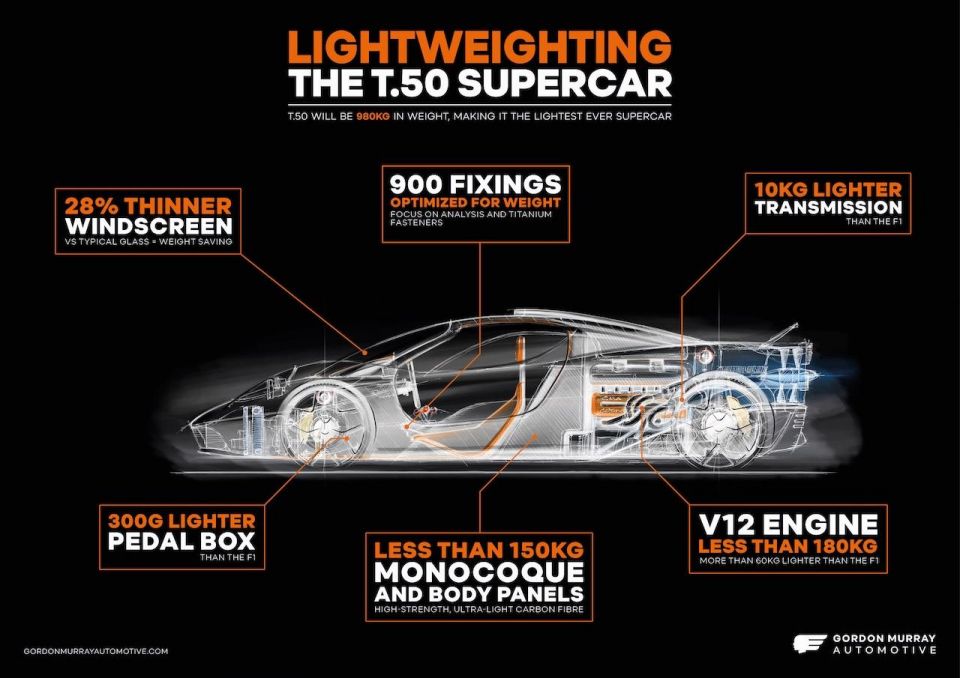
“By working with the team at Cosworth Powertrain we have created the greatest naturally aspirated engine ever designed for the road. It’s the highest revving, highest power density, lightest and fastest-responding naturally aspirated V12 ever made for a car,” stated Murray.
Interestingly, there are no acceleration or top-speed claims by GMA. It’s understandable given Murray’s rationale behind the T.50.
“I have absolutely no interest in chasing records for top speed or acceleration. Our focus is on delivering the purest, most rewarding driving experience of any supercar ever built – but, rest assured, it will be quick.”
It’s the reason GMA rejected the use of turbos or any forced induction, as well as electrification for the T.50. The company is instead aiming for the quickest engine response.
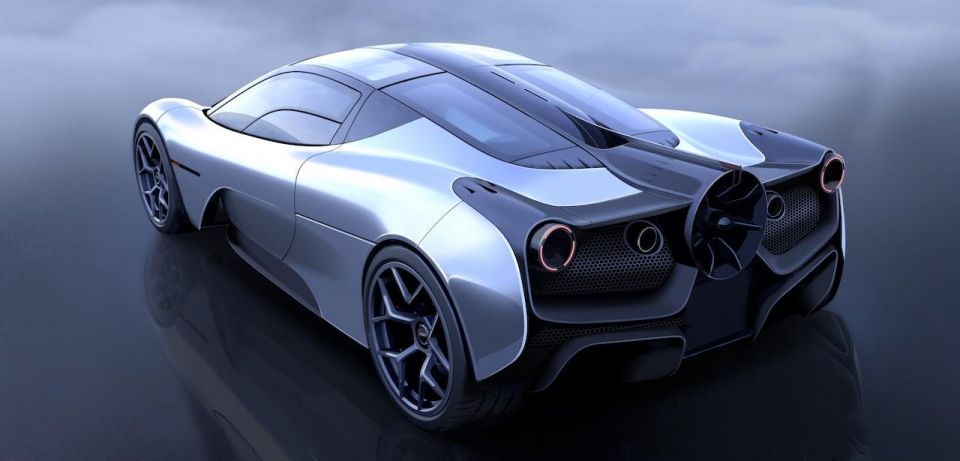
It would be wrong to think of the T.50 as the next-generation hypercar. It’s more of a high-end grand tourer like the F1, according to Murray.
“The T.50 design has the same focus and betters the F1 in every area – ingress and egress; luggage capacity; serviceability; maintenance and suspension set-up. Also, driver-selectable engine maps ensure a driving mode to suit every situation,” concludes Murray.
Along with the Cosworth V12, the T.50 will feature advanced aerodynamics including ground-effect systems usually reserved for Formula 1 cars.
One such clearly visible technology is the 400mm ground-effect fan, not unlike the one used on Murray’s infamous Brabham BT46B Formula 1 Fan Car that was banned for being too fast.
GMA has a technical partnership with a current F1 team that has made its rolling wind tunnel available for the T.50s testing and ongoing development. Aerodynamic testing using computational fluid dynamics has been completed, with fan-assisted aerodynamic performance bettering internal targets.
The level and degree of lightweight measures employed in the T.50 borders on the fanatical, extending down to some of the smallest fixings such as nuts, bolts, and washers – and there are 900 of those.
Moreover, this weight-shedding process has been monitored throughout the development of the car which has meant countless design refinements, trials, and revisions – with weekly meetings to monitor progress of each and every component.
The carbon-fibre monocoque and body panels collectively tip the scales at an incredible 150kg in total, while the centrally-positioned driver’s seat weighs less than seven kilograms. The two passenger seats that flank it weigh less than 3kg each.
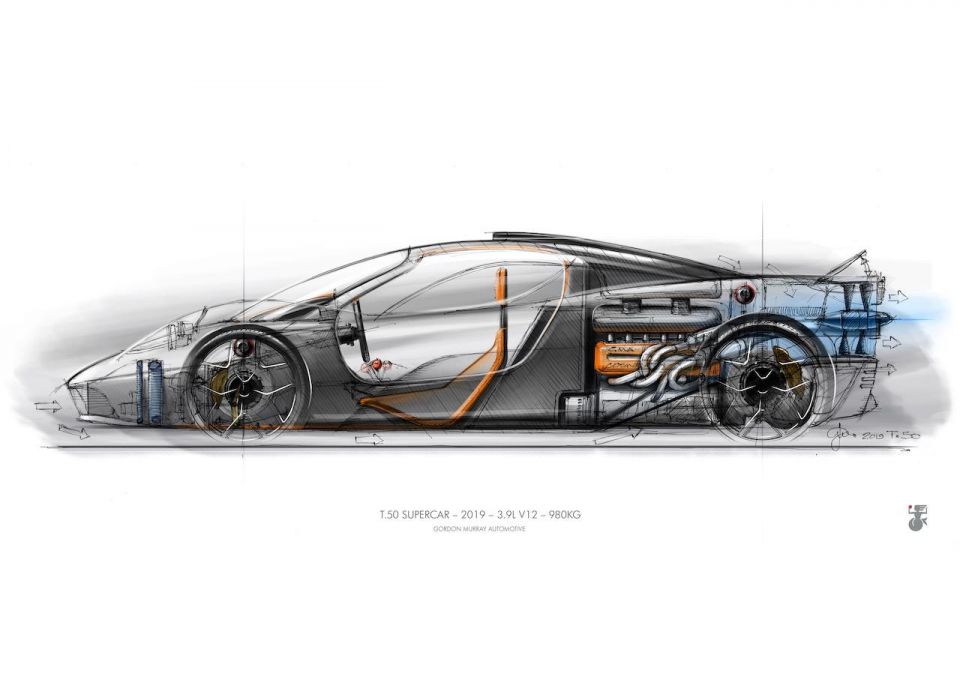
Power is sent to the rear wheels via a bespoke, lightweight six-speed gearbox designed in concert with British technology specialists Xtrac. It’s 10kg lighter than the one used in the F1. Not only that, the pedal box is 300g lighter and the glass is 28 per cent thinner while remaining structurally sound.
There are various drive modes available including Auto, which adjusts itself in response to driver inputs such as steering and throttle, while Braking mode increases the level of downforce by 100 per cent using the fan in concert with the aerofoils in the same way an airbrake works.
There’s also a High Downforce mode which pushes the car onto the tarmac by another 30 per cent for high-speed corners, whereas Streamline reduces the drag effect by 10 per cent, providing less downforce but increasing top speed. In this mode underbody vents are closed and the fan increases the trailing wake of the car to create a virtual long tail effect.
Despite all the cleverness going on under the skin, the T.50 is a compact design with relatively small proportions at just 4380mm long and 1850mm wide – substantially less than the latest Porsche 911.
Gordon Murray Automotive is tight-lipped about the number of cars sold, but even at £2 million each before duties and taxes we’d be surprised if there were any slots.


Paul Maric
6 Days Ago


William Stopford
5 Days Ago
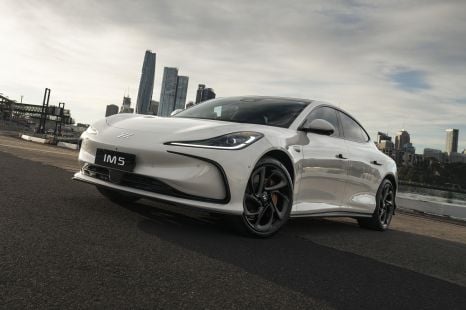

William Stopford
4 Days Ago


James Wong
3 Days Ago


Matt Campbell
2 Days Ago


William Stopford
17 Hours Ago